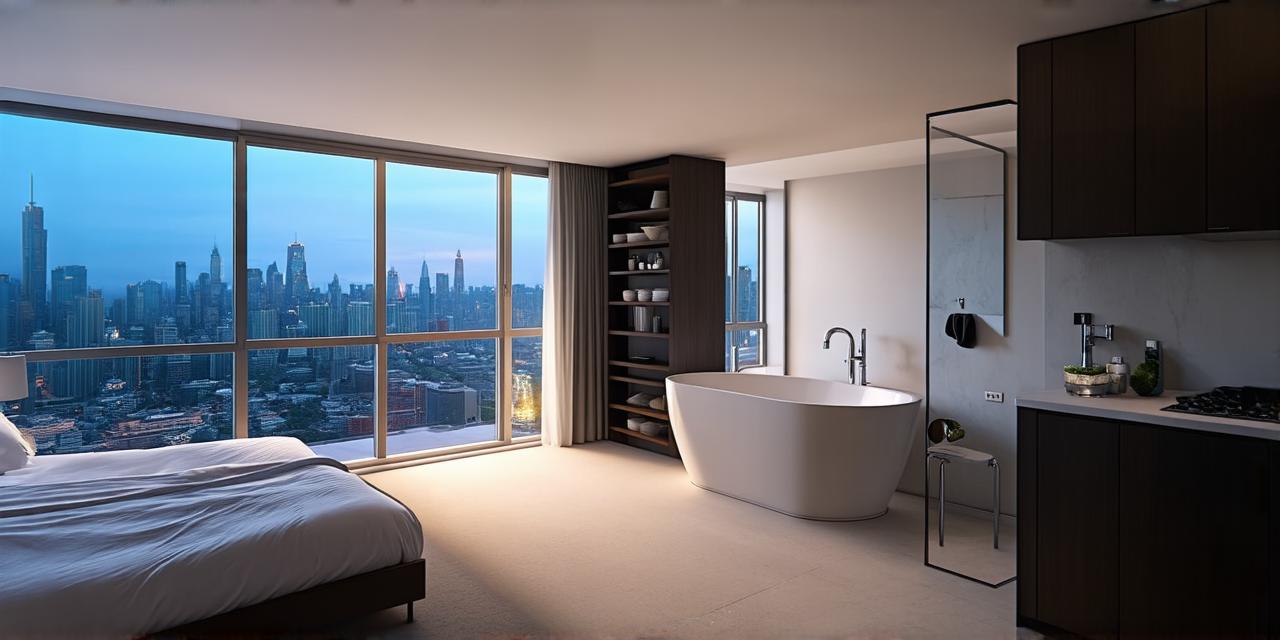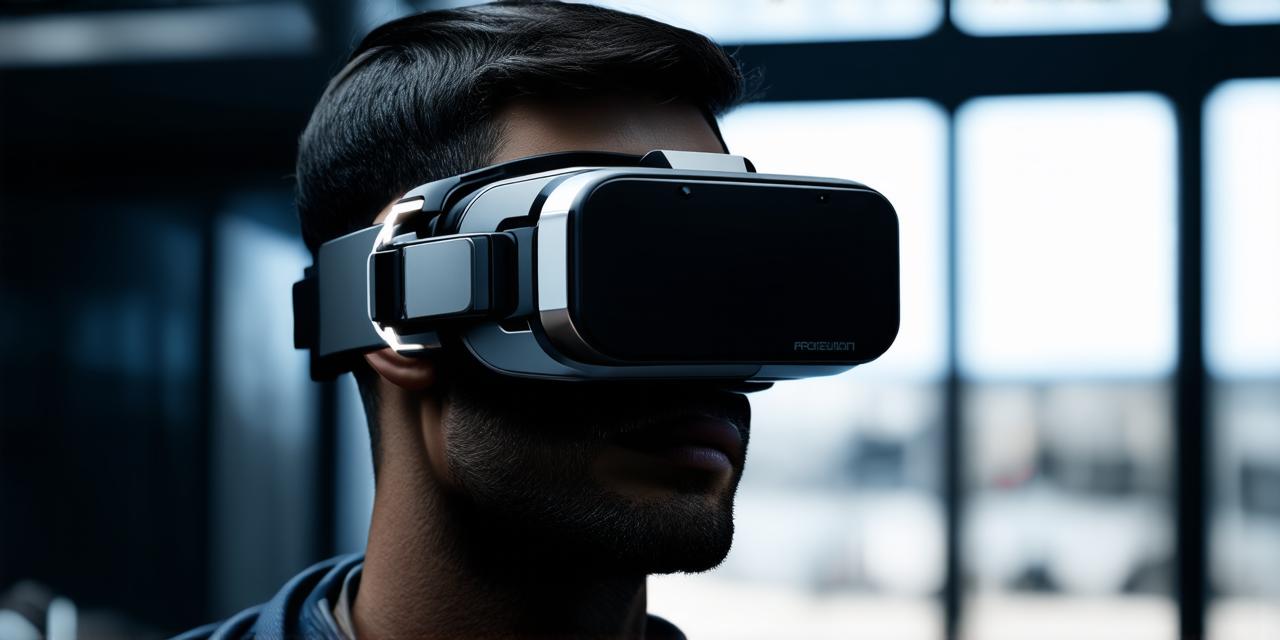
Top Tips for Property Developers
“VR is not just a tool, it’s a game-changer,” asserts Sam Johnson, another industry leader. By delving deeper into VR, you can revolutionize the property development process and offer unparalleled experiences to potential buyers.
Tip 5: Utilize 360-Degree Video
Incorporating 360-degree video into your VR tours allows users to explore every corner of a property, fostering a sense of ownership and familiarity. This immersive experience can significantly increase engagement and conversion rates. For instance, imagine being able to virtually walk through a property, examining the details of the kitchen cabinets or the view from the balcony – this level of exploration can help potential buyers make more informed decisions.
Tip 6: Implement Interactive Elements
Adding interactive elements such as customizable furniture or fixtures can make your VR tours more engaging and personalized. This feature allows potential buyers to visualize their future home tailored to their specific tastes and needs. For example, a buyer could choose the color of the walls, the type of flooring, or even the layout of the furniture – all within the virtual environment.
Tip 7: Leverage Virtual Staging
Virtual staging can transform empty spaces into fully furnished, inviting homes. This technique can help buyers envision themselves living in the property and make it easier for them to decide on a purchase. For instance, a potential buyer could see how their favorite piece of artwork would look hanging on the wall or how their collection of plants would fit in the living room – all without leaving their current location.
Case Study: The Transformative Impact of Project ABC
Project ABC, a mid-range development, saw a 50% increase in sales after implementing virtual staging and interactive tours. By offering potential buyers a personalized, immersive experience, they were able to connect emotionally with the properties and make informed decisions. The use of VR allowed them to explore the properties at their convenience, making the buying process more accessible and efficient.
Tip 8: Foster Community Engagement
Incorporating VR into community engagement initiatives can help you gather valuable feedback from potential buyers and residents. This input can inform your design decisions and ensure that your developments meet the needs and preferences of your target audience. For example, a developer could host a virtual open house where attendees could explore the development, provide feedback on design elements, and ask questions in real-time.
FAQs
Q: Can VR be used for remote collaboration?
A: Yes, VR can facilitate remote collaboration by allowing team members to virtually tour a property or development site, discuss design ideas, and make decisions in real-time. This is particularly useful when team members are located in different geographical areas.
Q: Is VR accessible to all potential buyers?

A: While not everyone has access to VR equipment, offering both virtual and physical tours ensures that your marketing efforts are inclusive and cater to a wide audience. Additionally, as VR technology becomes more affordable and accessible, it is expected that its use in property development will continue to grow.
In Summary
Mastering Virtual Reality in property development is an exciting journey that offers numerous benefits for both developers and buyers. By embracing this technology and staying adaptable, you can create unforgettable experiences, foster community engagement, and stay ahead of the curve in a competitive market. The future of property development lies in VR, so don’t be left behind – dive in and explore! Embrace the possibilities that VR offers, and watch as your developments come to life in ways never before imagined.

